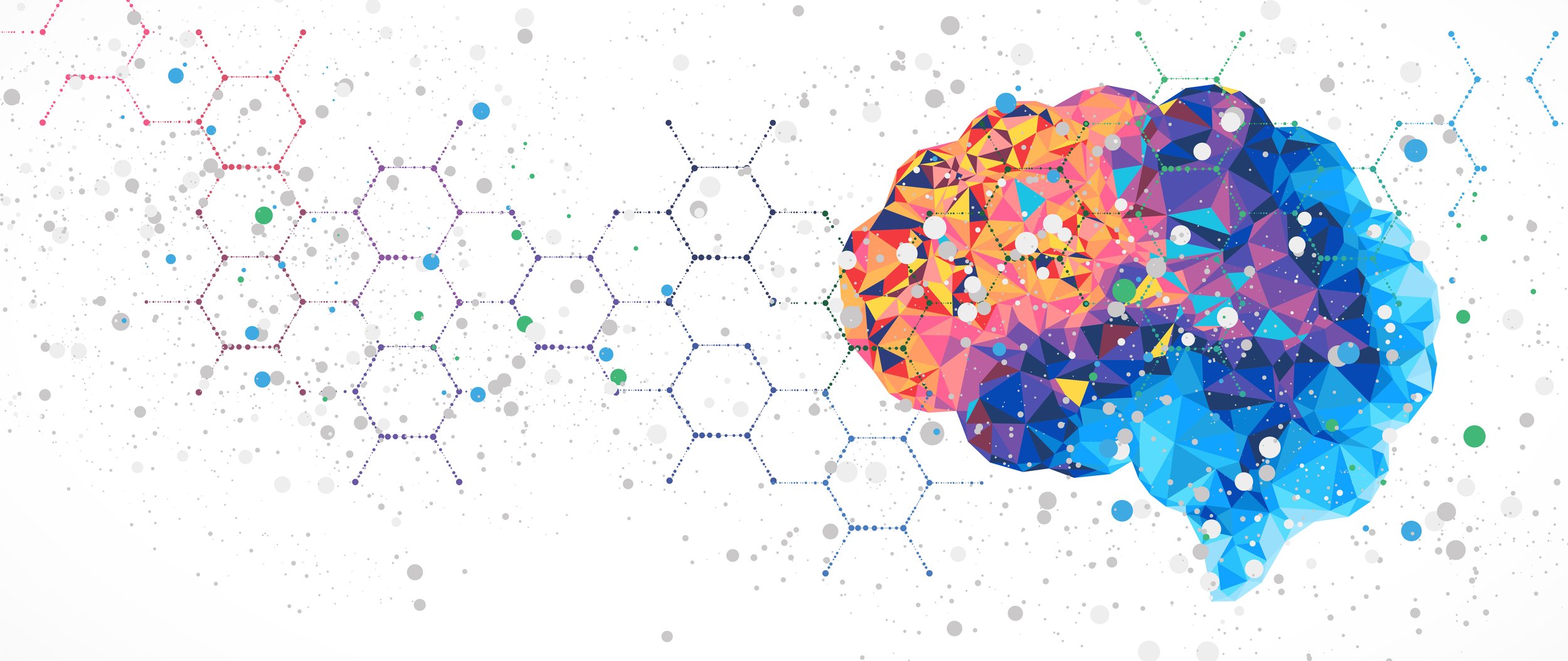Deep Learning/AI
Deep learning opens the door to model complex biochemical relationships through instruction with data. We apply various modern techniques to accomplish high-throughput and robust processing of biological data in two main categories:
Computer Vision
Convolutional neural networks allow for the segmentation and classification of biomedical images. We take this a step further, by reconstructing high-resolution anatomically relevant 3D meshes from image Z-stacks. This allows for the analysis of dense tissues and vasculature with fine precision; informing pharmacokinetic models and biological pathways.
Natural Language Processing
Advancements in transformer neural networks and attentive models allow for an understanding of chemical systems through the augmentation of string datatypes. Through masked language modeling on large corpora of chemical datasets, transformers learn the “semantic laws” of chemical systems, allowing for downstream applications. Primarily, we focus on amino acid datasets to understand the complex interactions of immune cells. Additionally, we conduct novel function and interaction prediction to elucidate fundamental biology.
